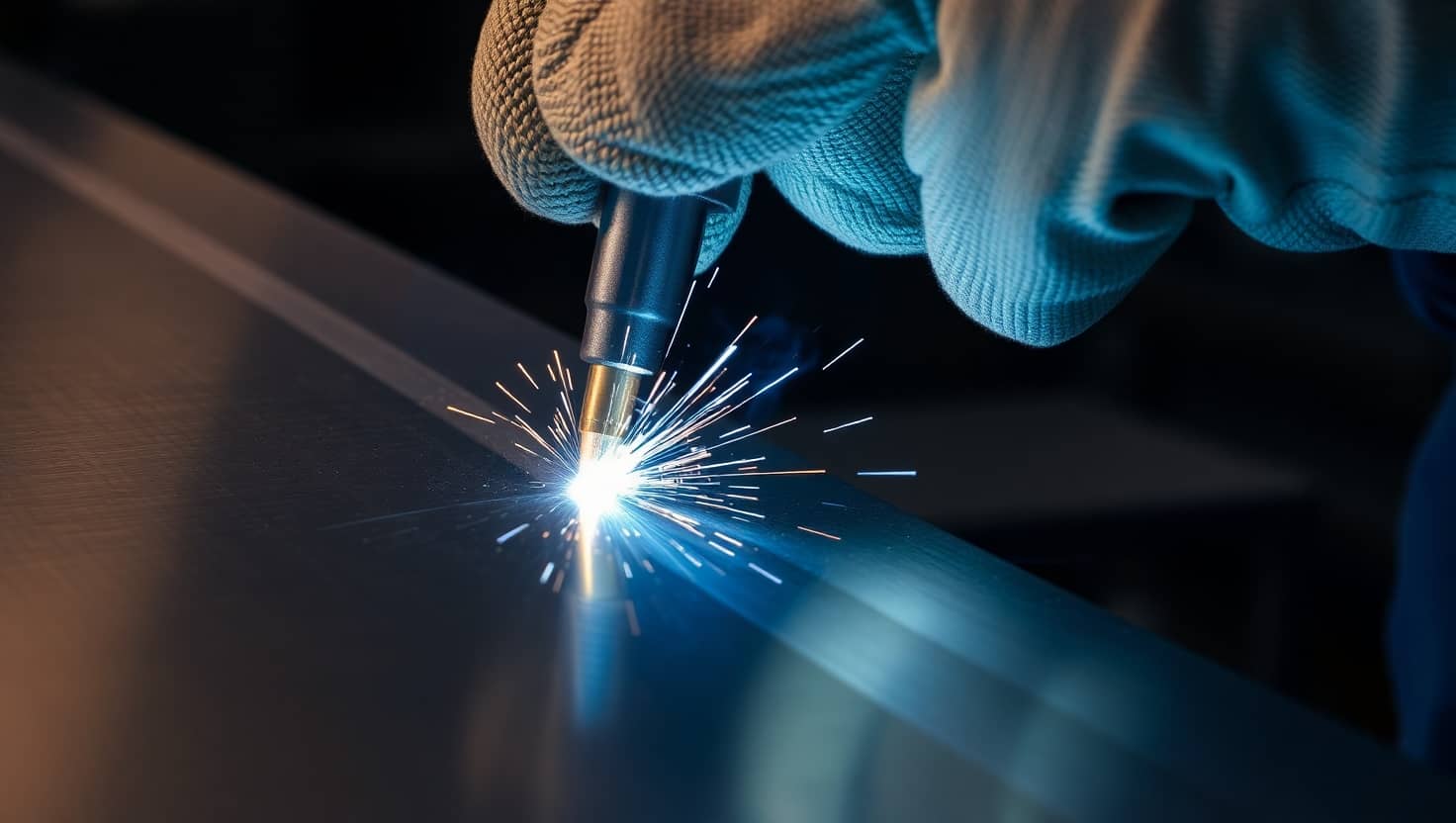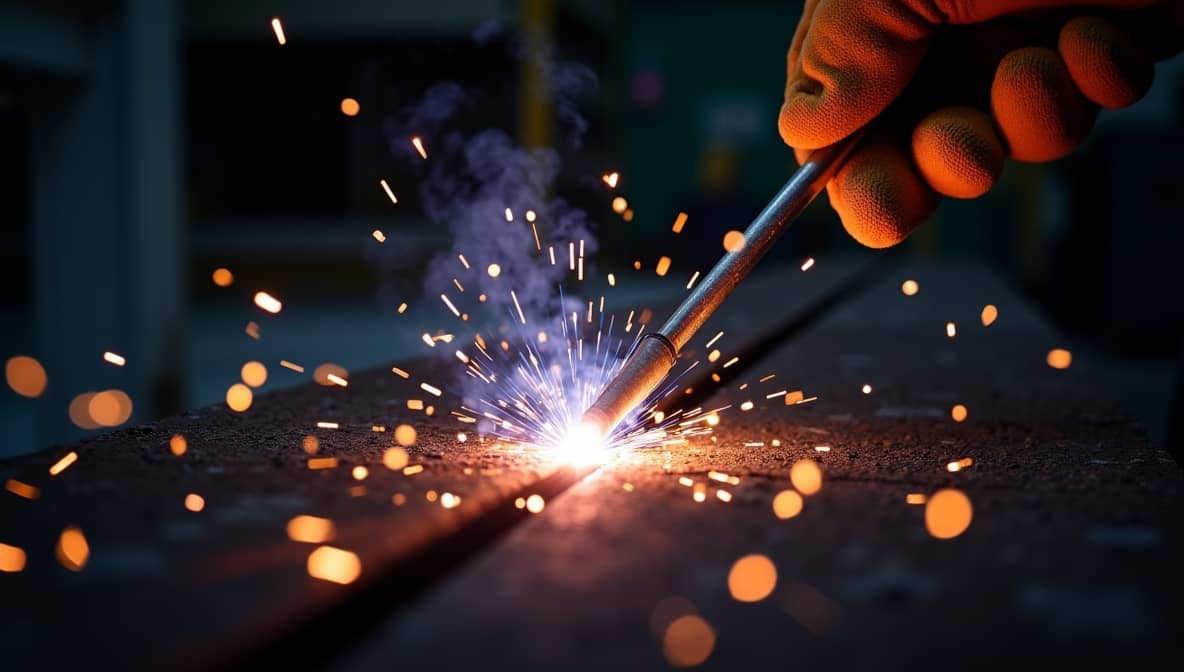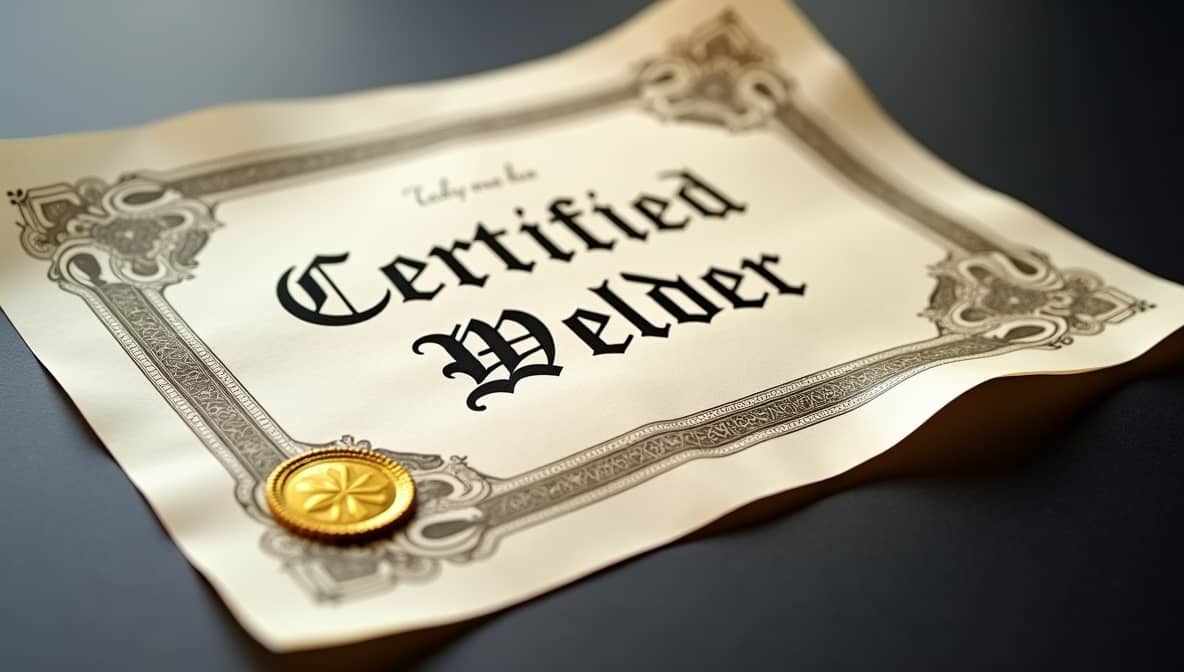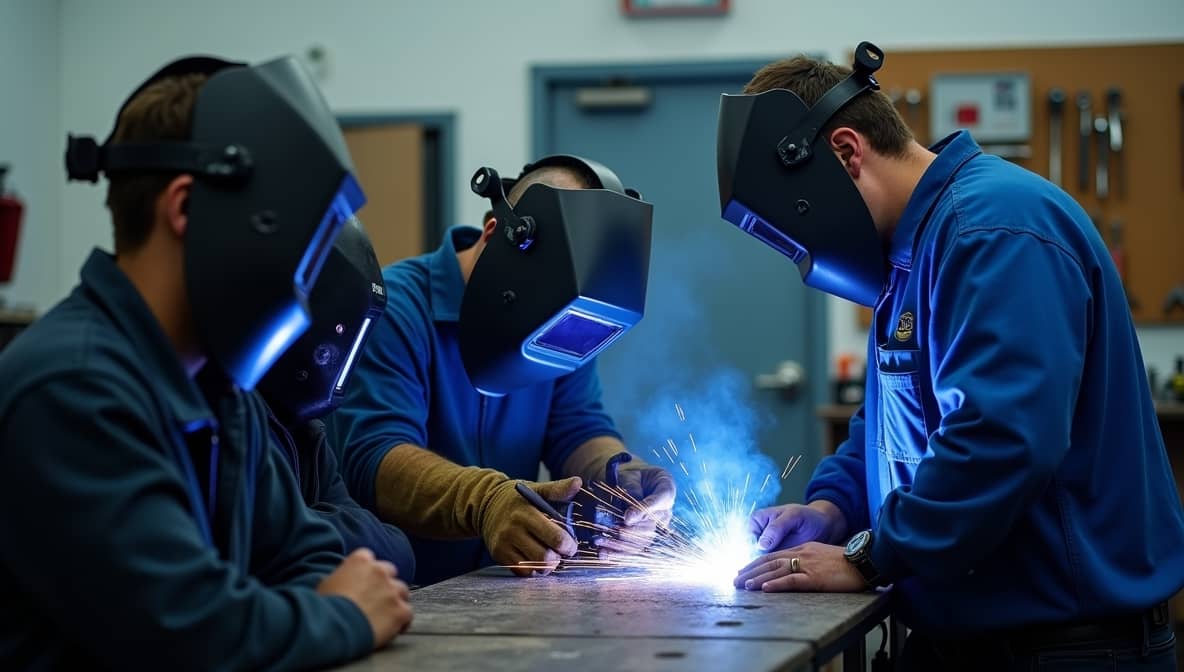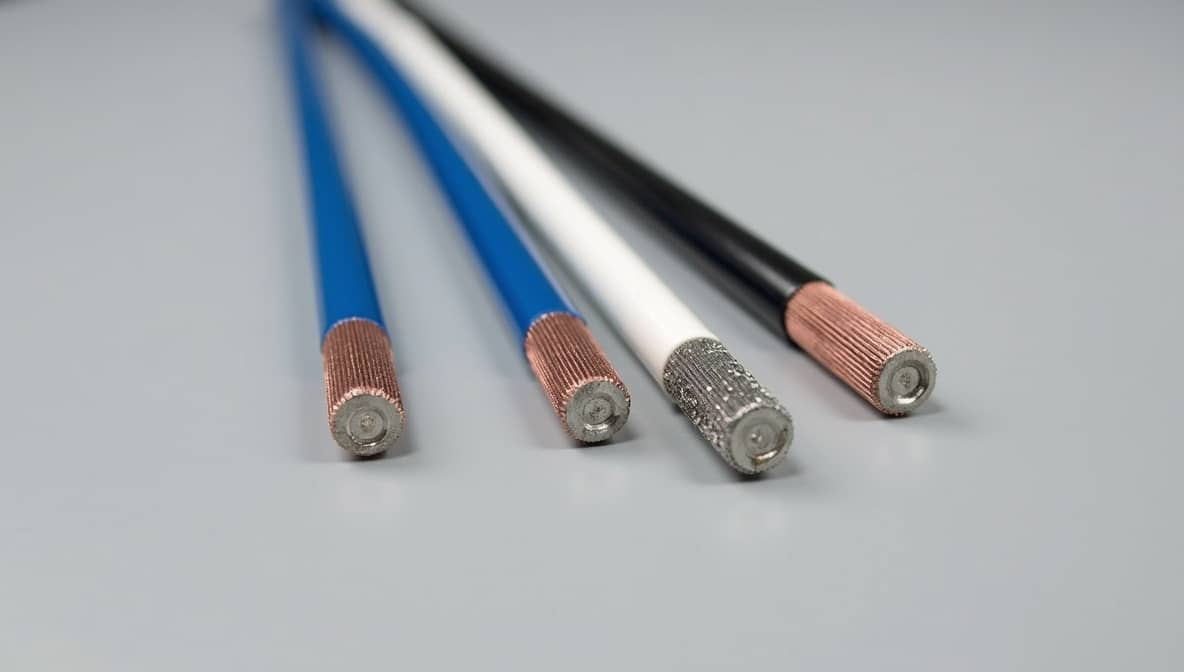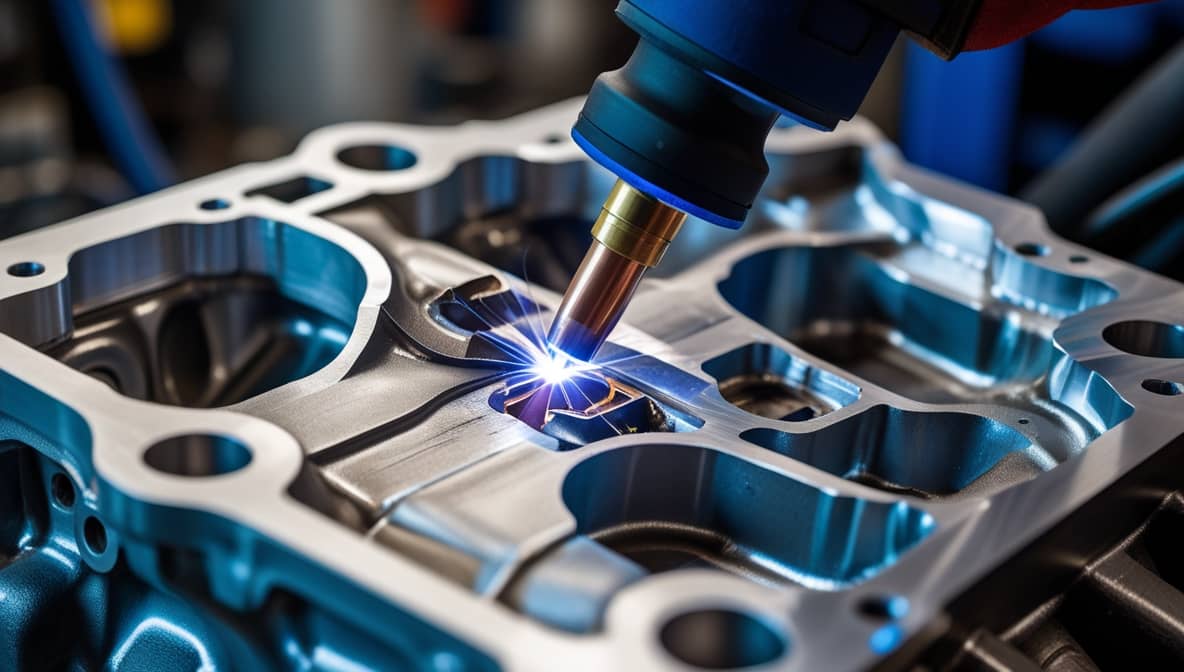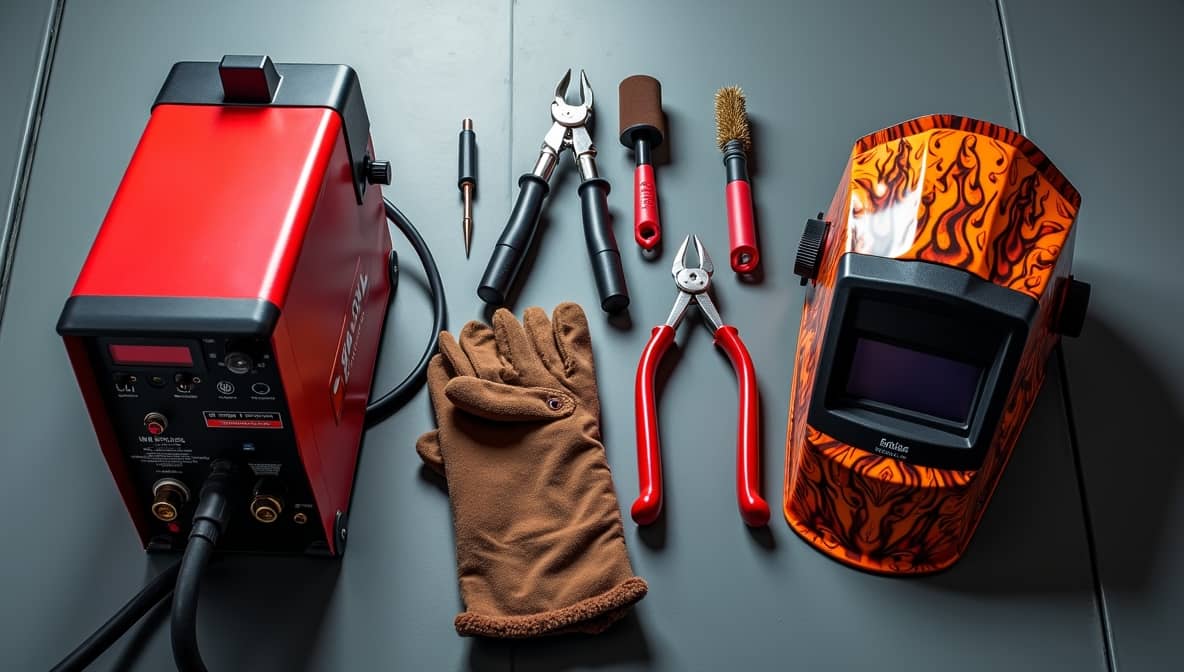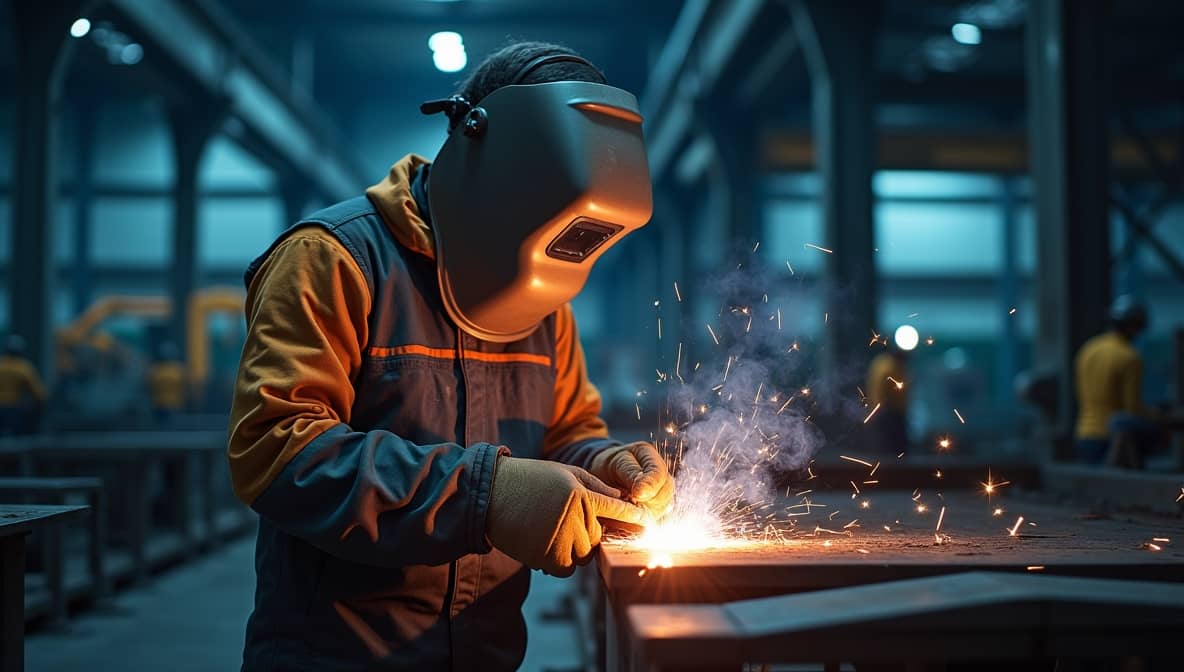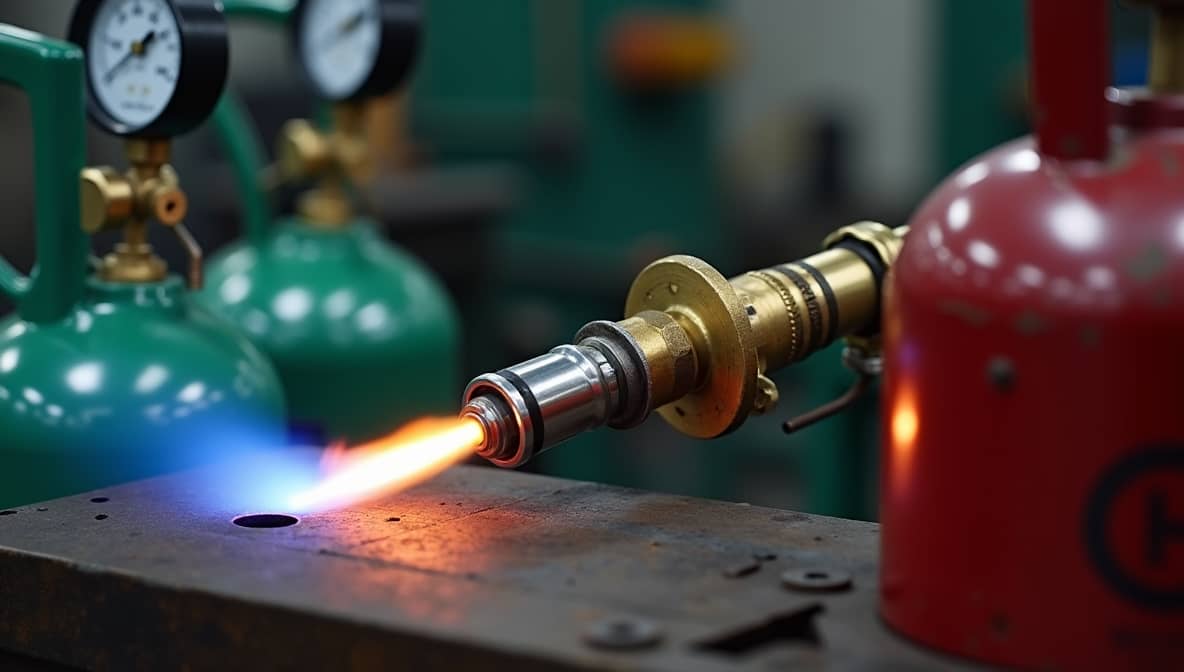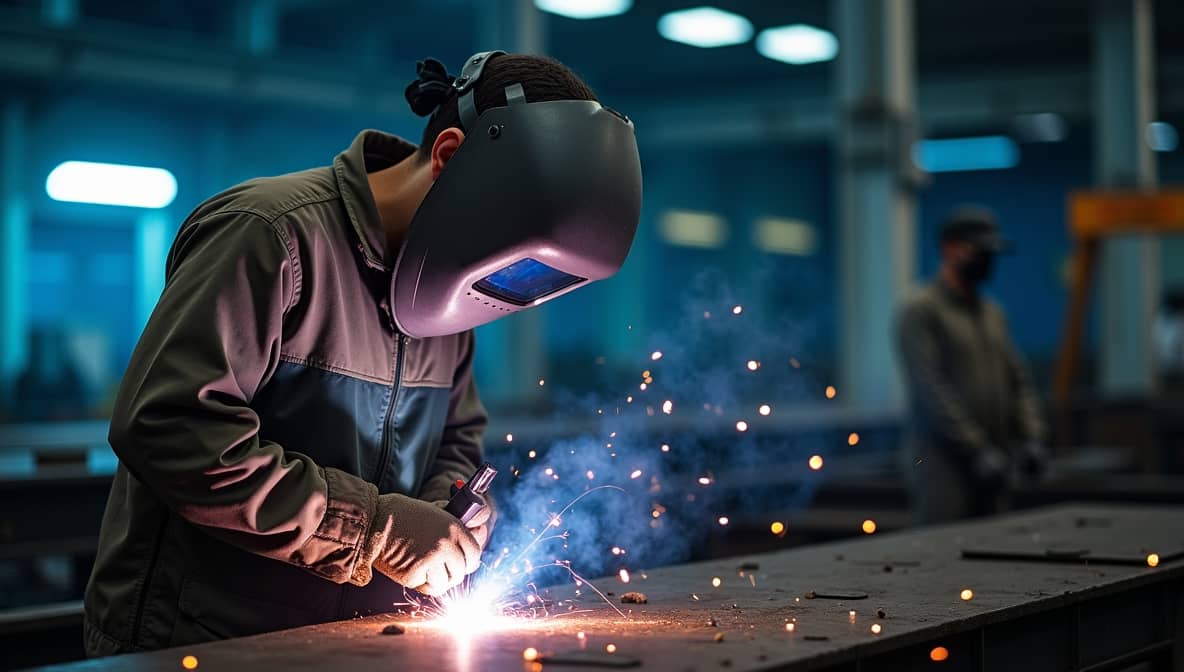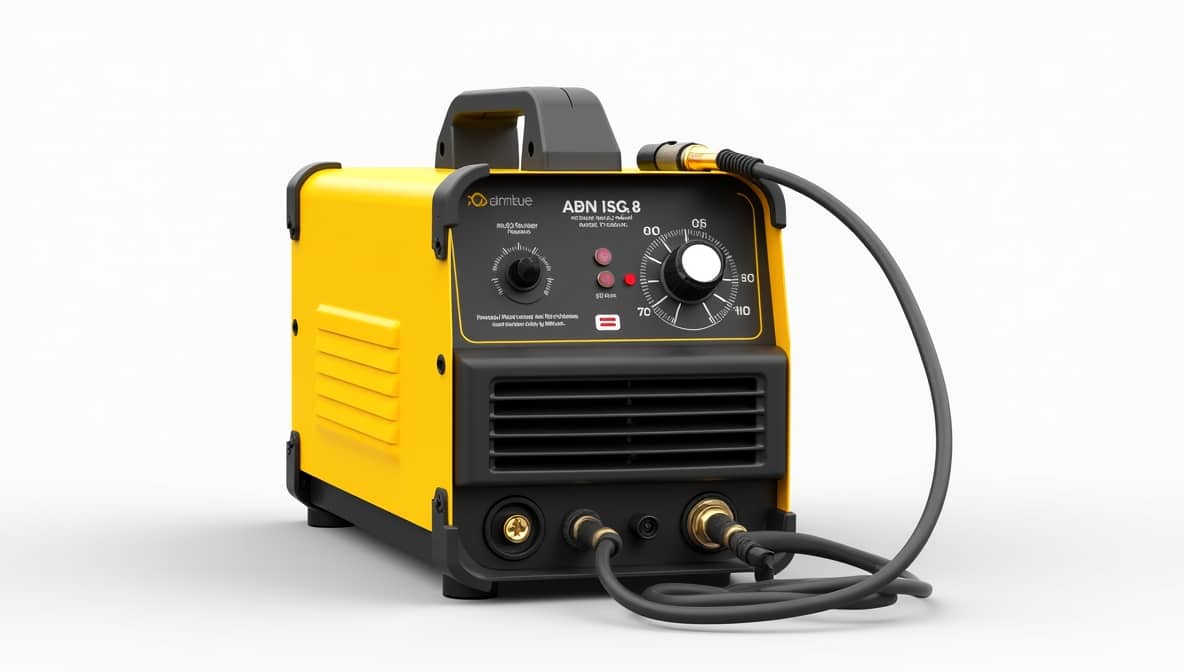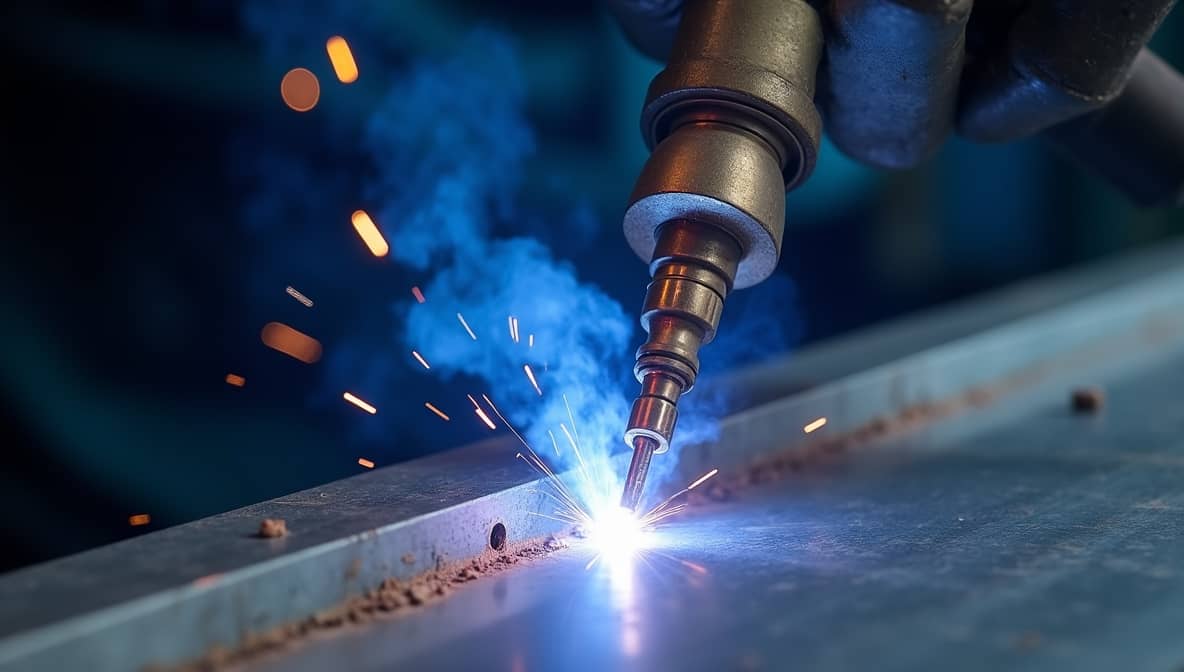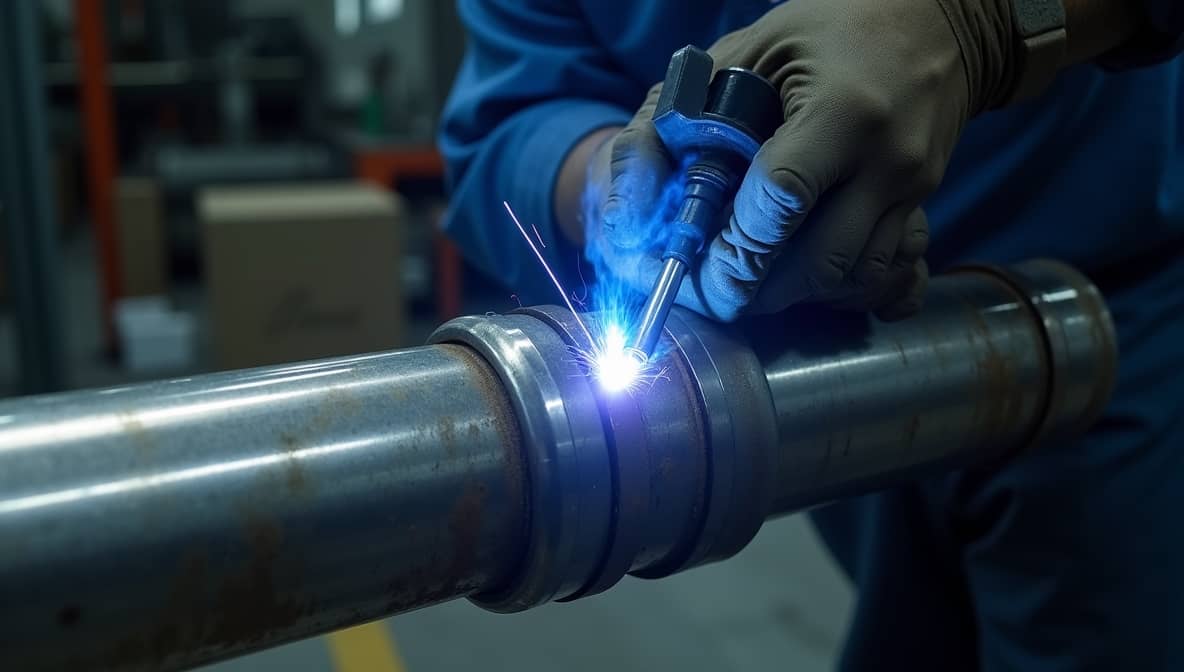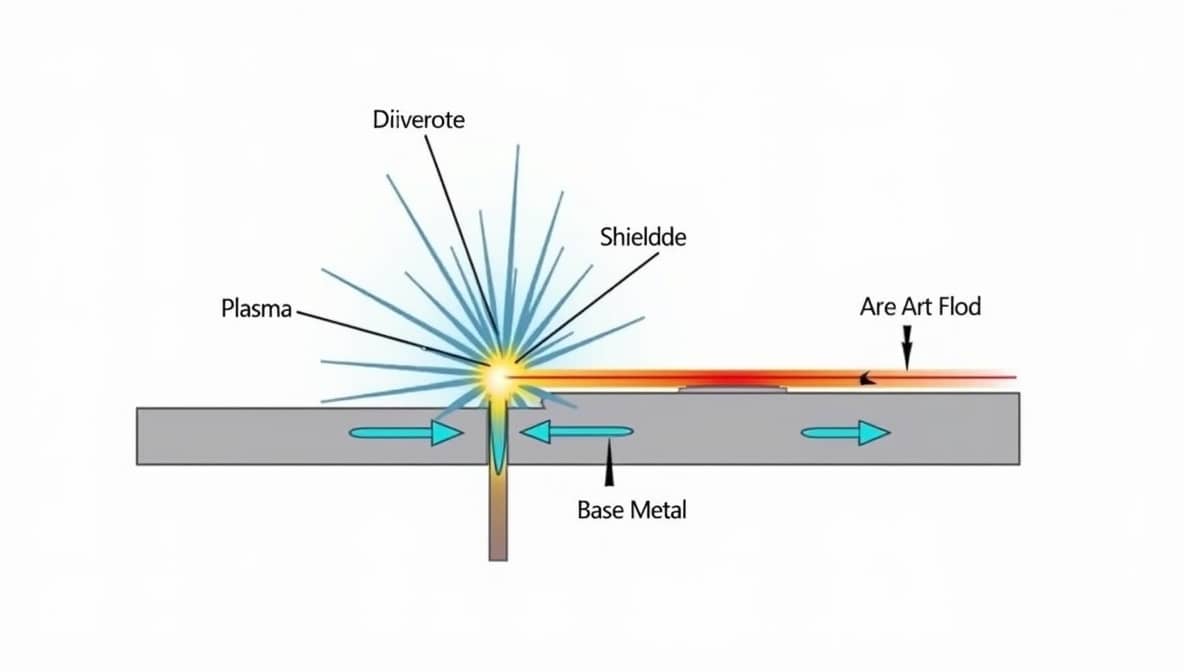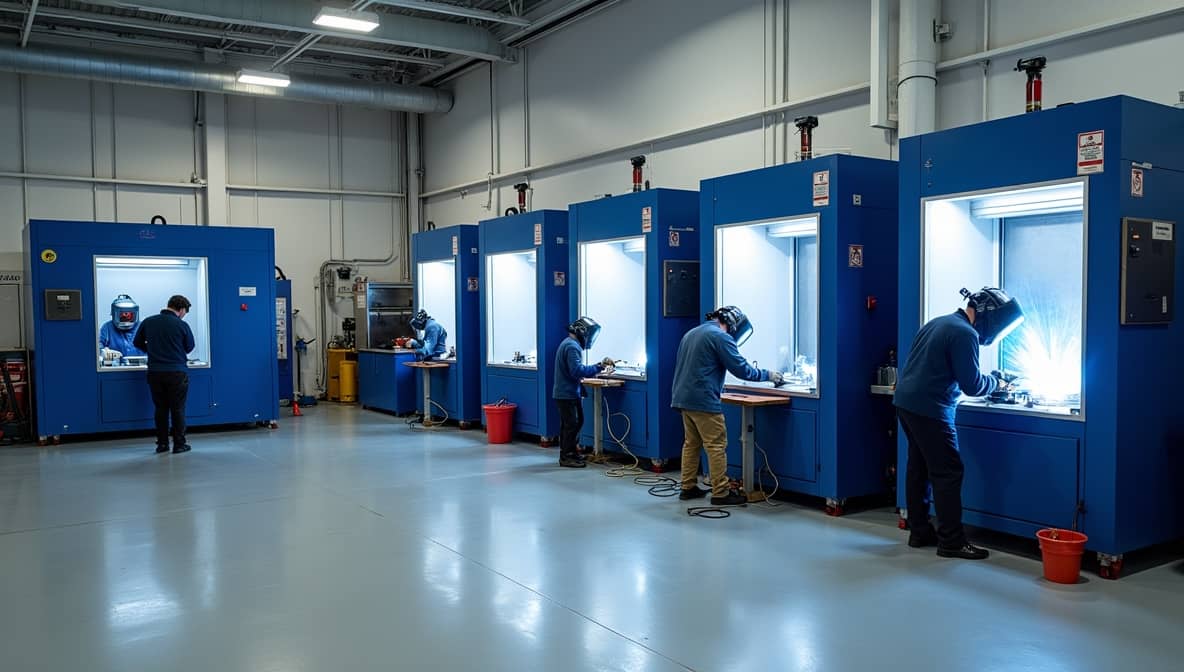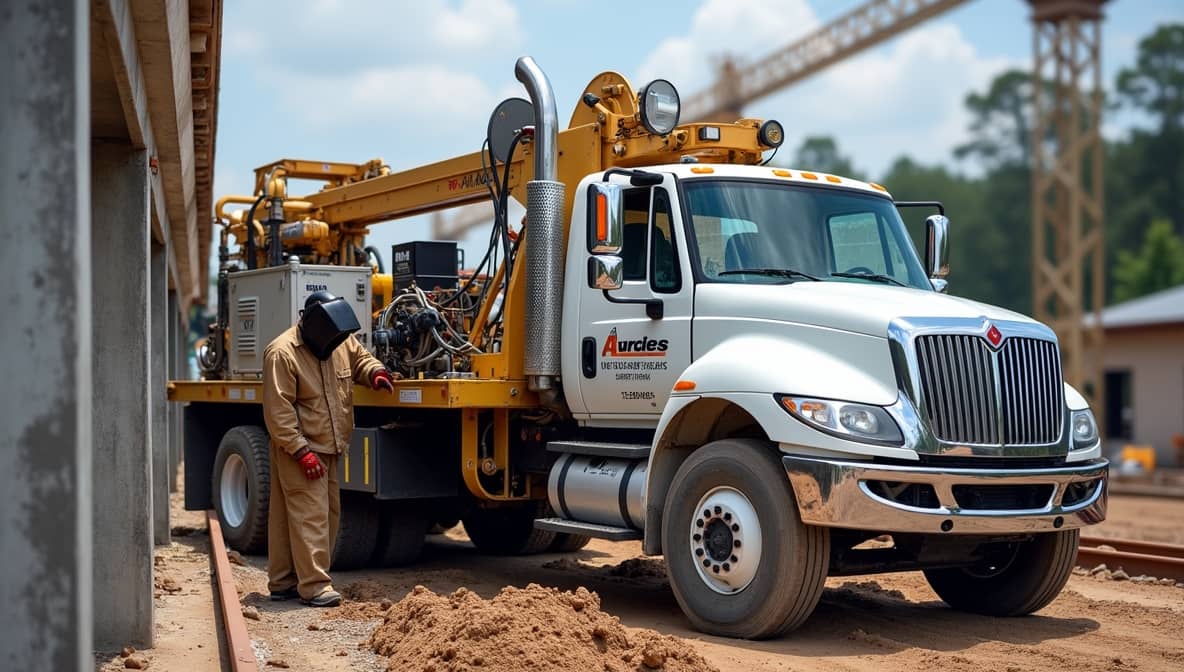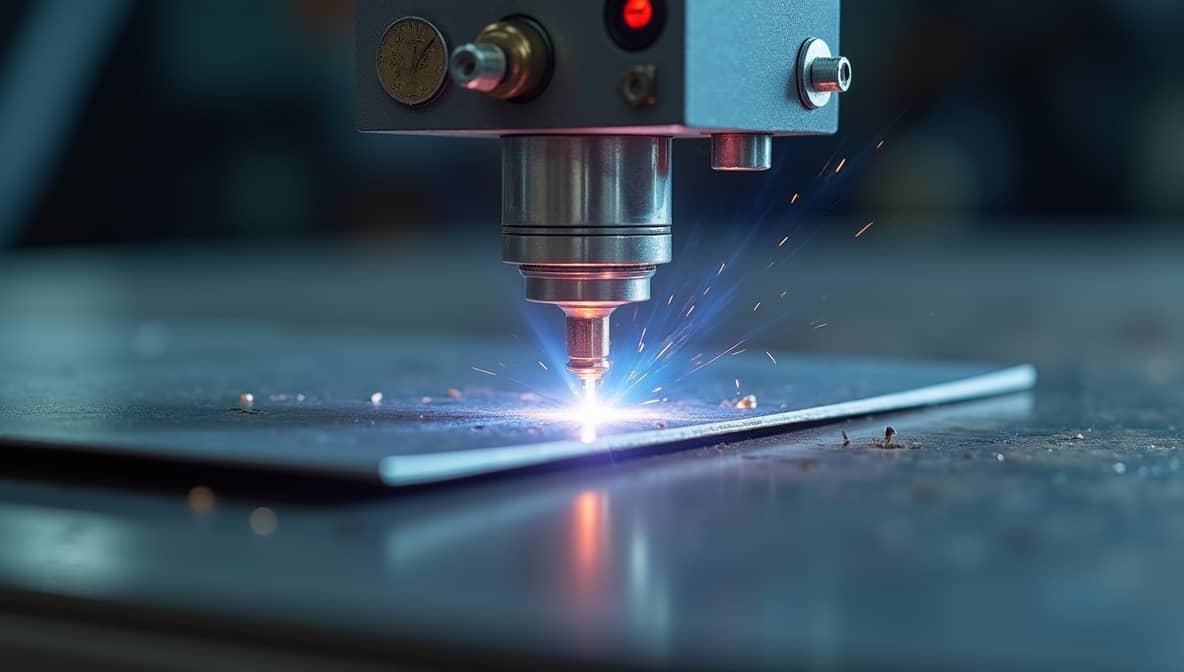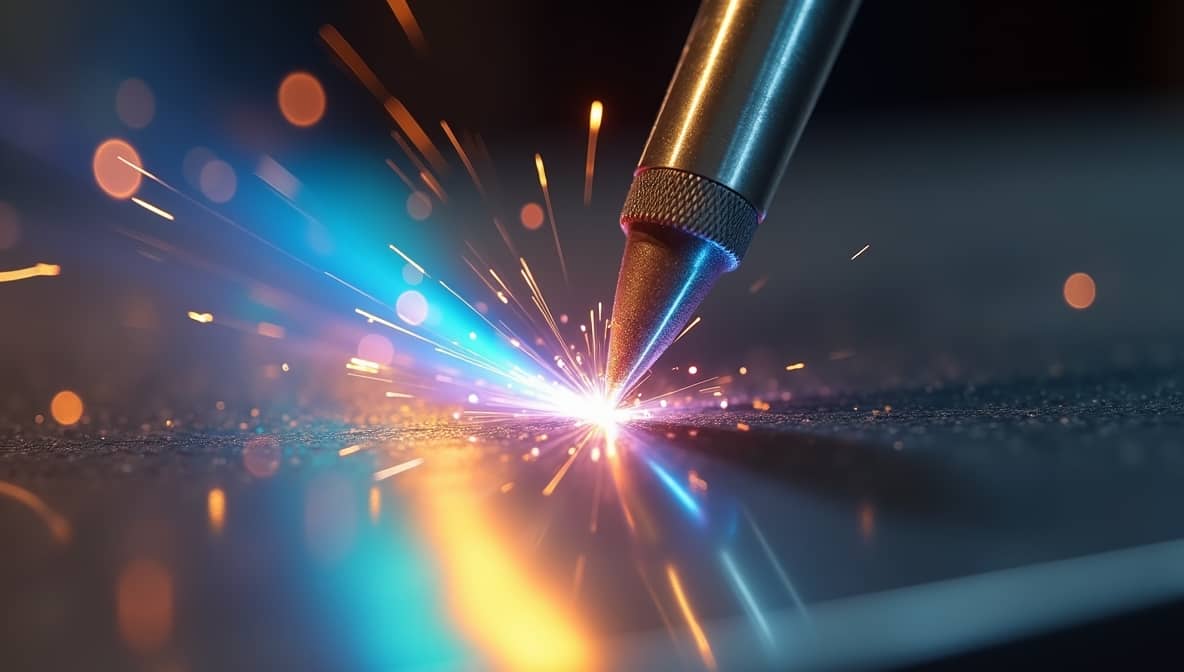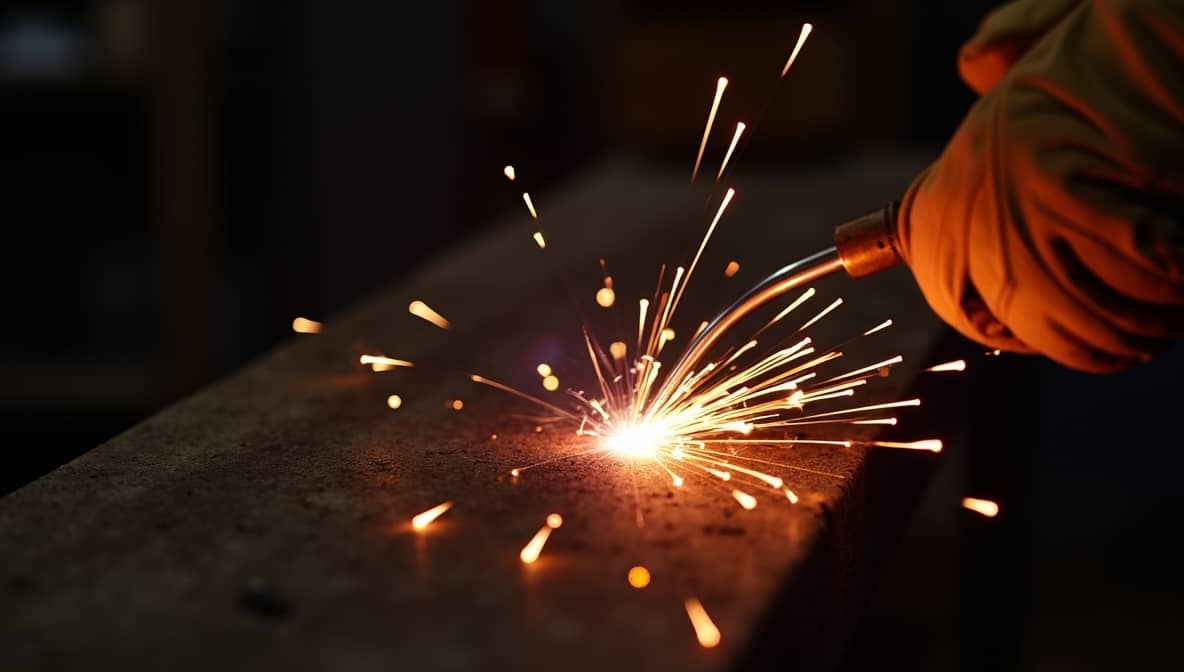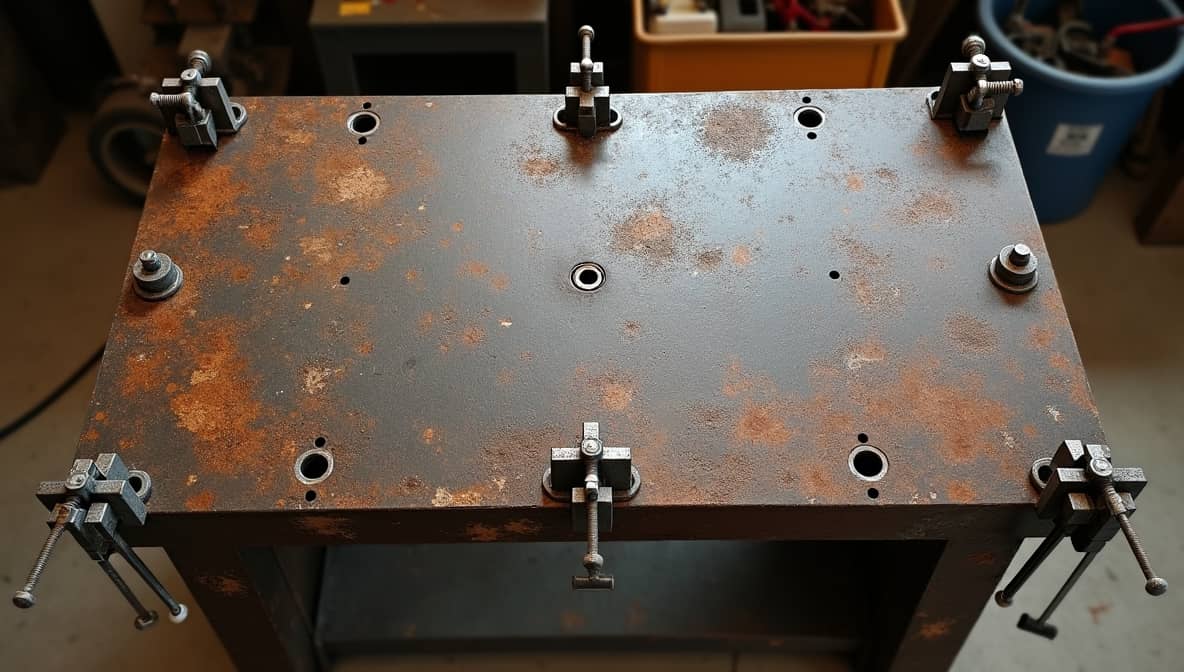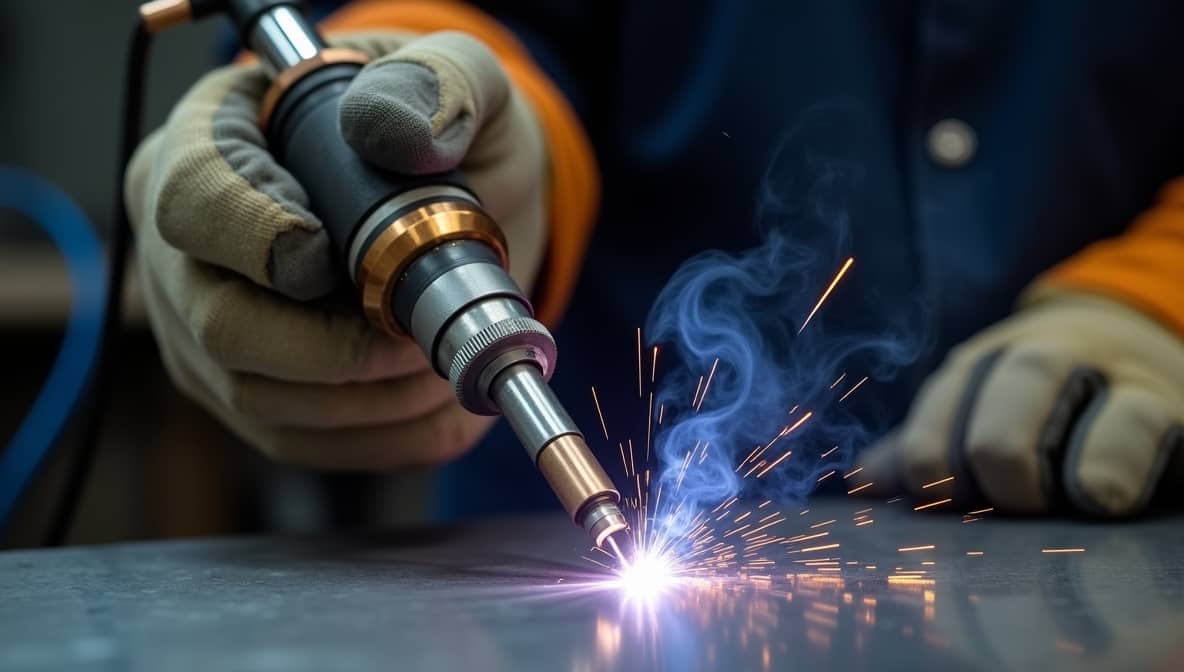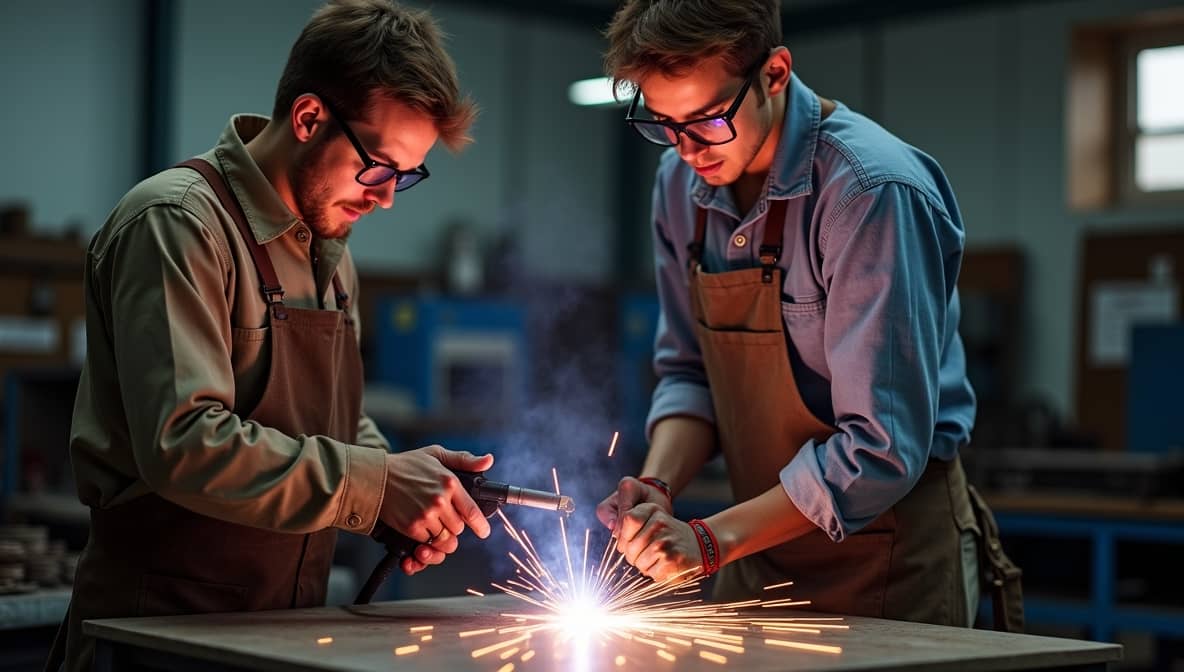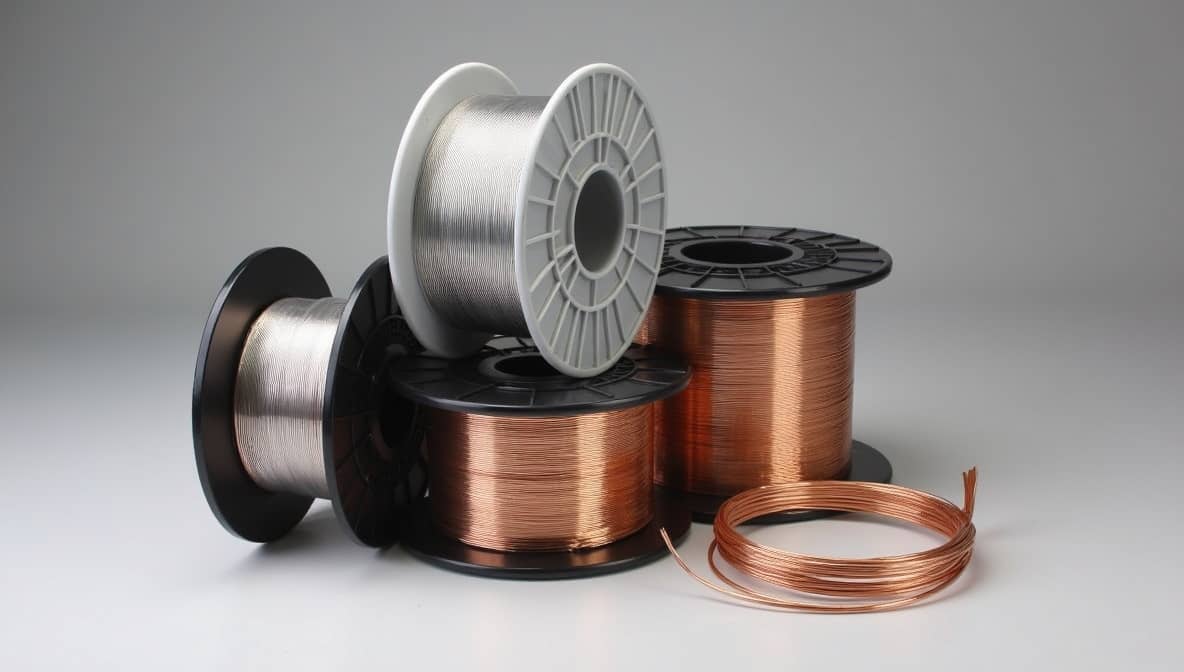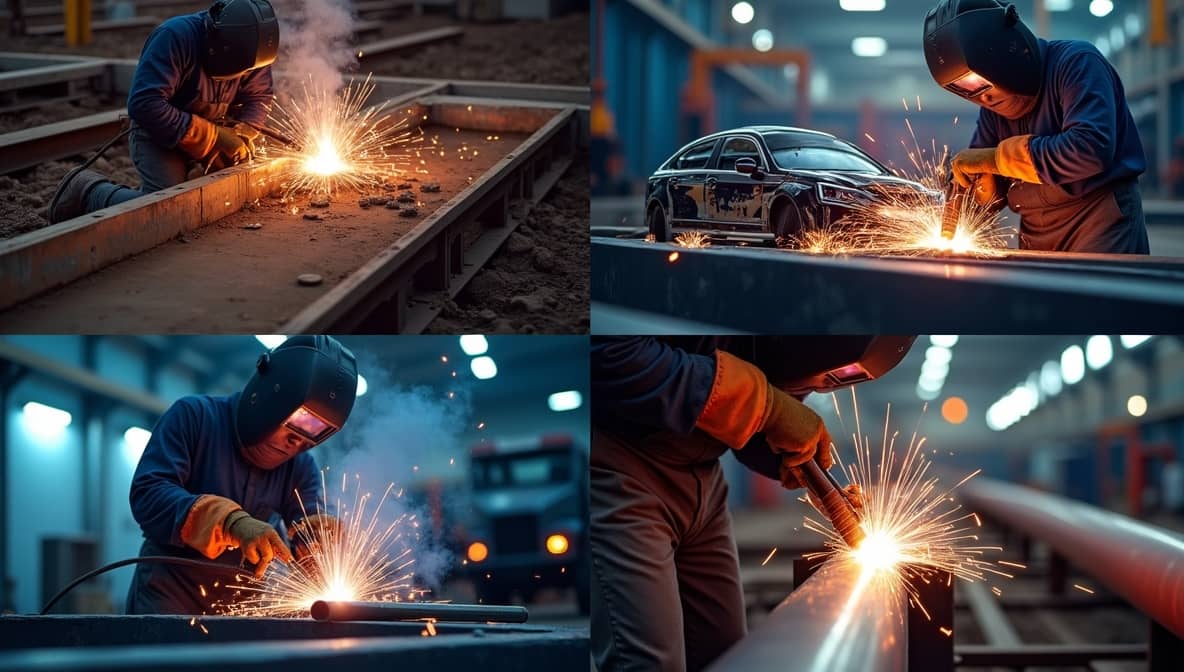Welding Wisdom for Professionals and Beginners Alike.
Start from herePrecision Welding Insights at Your Fingertips
Building Stronger Connections through Welding
Explore Welding
Discover comprehensive resources across all welding disciplines. From beginners looking to start their journey to professionals seeking advanced techniques, WeldingHubs has you covered.
Aluminum Welding
ExploreARC Welding
ExploreWelding Certificate
ExploreWelding Classes
ExploreElectrode
ExploreEngine Welding
ExploreWelding Equipment
ExploreFlux
ExploreGas Welding
ExploreHelmet
ExploreWelding Job
ExploreWelding Machine
ExploreMIG Welding
ExplorePipe Welding
ExploreWelding Process
ExploreSafety
ExploreWelding School
ExploreWelding Service
ExploreSpot Welding
ExploreStainless Welding
ExploreStick Welding
ExploreWelding Table
ExploreWelding Technology
ExploreTIG Welding
ExploreWelding Training
ExploreUnderwater Welding
ExploreWelding Wire
ExploreUses of Welding
ExploreLatest Articles
Welding a Cracked Aluminum Engine Block: Expert Techniques for Toyota Repairs
To weld a Toyota aluminum engine block, first grind the crack edges to stop spreading. Preheat the area and use MIG welding with nickel filler. After each pass, peen the…
Welding Up Aluminum to Remachine: Techniques, Tips, and Essential Methods
To remachine welded aluminum, first clean the surfaces with acetone and a stainless steel brush. Heat the area with a propane torch to improve fusion. When machining, use cutting oil…
Welding Vertical Aluminum 3/8 Plate: Best Weld Settings, Tips & Techniques
To weld a vertical aluminum plate of 3/8 inches, set the voltage to 23 volts and the wire speed to 400-425 inches per minute. Use .035 filler material for optimal…
Welding to Aluminum Casting: Techniques, Tips, and Repair Methods Explained
When welding aluminum castings, use techniques that minimize heat input to prevent warping. TIG welding is ideal for its precise control of heat. Keep a steady travel speed and avoid…
Welding vs Soldering Aluminum: Key Differences, Techniques, and Uses Explained
Welding and soldering are different techniques for joining aluminum. Welding produces a stronger joint, ideal for load-bearing applications and structural metal connections. Soldering uses a filler metal with a lower…
Welding vs. Bolting Aluminum: Advantages, Use Cases, and Safety Considerations
Welding and bolting aluminum have distinct advantages and disadvantages. Welding provides strong structural integrity and good electrical grounding but may crack under vibrational stress. Bolting is easier to use but…
Welding White Die Cast Aluminum: Techniques, Tips, and Common Challenges
Welding white die cast aluminum is challenging because of its brittleness and porosity. While it is traditionally difficult to weld, high-temperature soldering can help with repairs. Use heat settings between…
High Frequency in Aluminum Welding: Why It’s Essential for TIG Techniques
High-frequency ignition is essential for aluminum welding. It starts the arc without contact, enhancing both efficiency and precision. This approach also minimizes risks of electric shock, burns, and eye damage…
Aluminum Welding: Why It Turns Black, Causes of Black Soot, and Solutions
Aluminum turns black during welding because of magnesium oxide formation. Alloys like 5356 (up to 5% magnesium) and 6061 (about 1% magnesium) release vapor under intense arc heat. This vapor…

